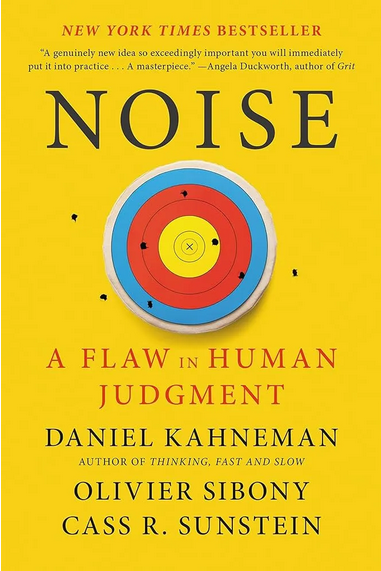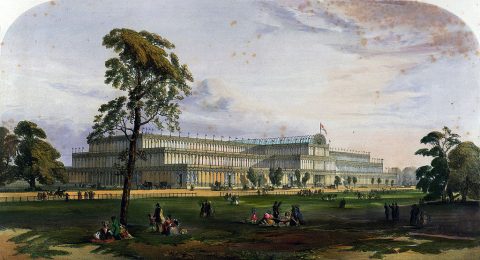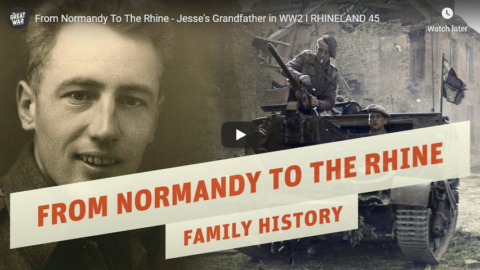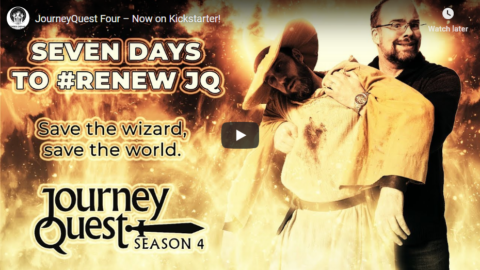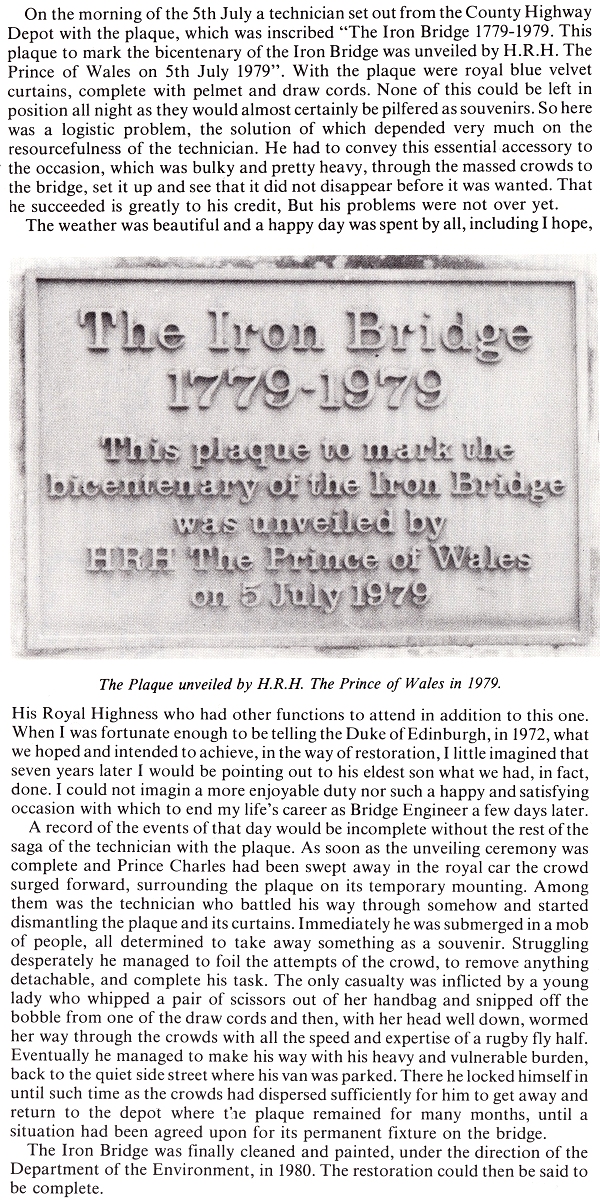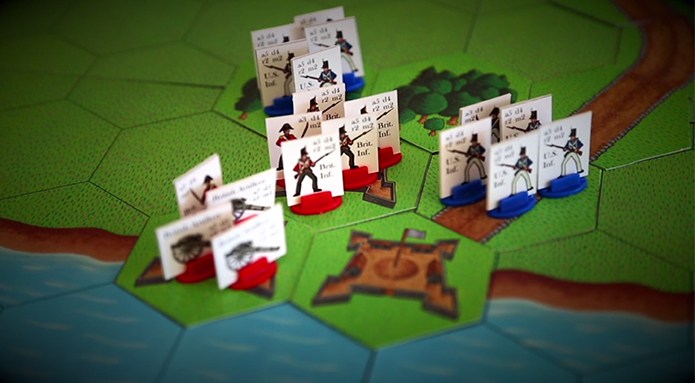A round-up at SteynOnline of various “elites” in Canada and elsewhere rising up against the sexist, hate-speechin’, Islamophobic, transphobic, Putin-controlled white supremacists who are demanding an end to rule-by-decree:
In Ottawa, attempts by agents provocateurs to provoke violence at the Freedom Rally have gone nowhere. So last night, “anti-hate” buffoon Bernie Farber, friend to censors everywhere, was reduced to hate-hoaxing for Justin by circulating “anti-semitic flyers” sent to him by a “friend” “in Ottawa”. Inevitably, within moments, they were revealed to be from something entirely different in Florida some weeks ago. So Bernie explained that his imaginary friend in Ottawa had seen actual hate flyers in Ottawa but had accidentally emailed him a similar flyer from America or something … These days Farber disgraces even himself.
Meanwhile, the Ottawa police have begun arresting citizens trying to deliver food to the truckers. There is no basis in Canadian law for the actions these goon coppers are taking, but the attitude of their dreadful police chief is: hey, the law is whatever I say it is. So he has ordered the arrest of citizens for “mischief”. By mischief, he means bringing sustenance or heat to protesters passing the night in temperatures of twenty below.
~Many parts of the western world are in a very dark place right now, but none more so than Canada. Its unseen prime minister, who came into office promising “sunny ways”, can no longer appear in public and sweepingly, tweetingly declares that he doesn’t need to because the sort of chaps you run into out there are rubes who don’t even know they’re Islamophobes, transphobes, thisaphobes, thataphobes, too dumb even to be aware they’re working for Putin.
As Tucker and I used to joke five years back, across the developed world the elite rise up against the masses: it’s like an anti-1848, prefiguring the post-democratic era that the 2020s will usher in. The present showdown between the Bollywood Bridesmaid and the truckers who deliver his quinoa has made it about as explicit as you can get. The good humour in the face of elite contempt is impressive. Here are a couple of typical “angry” “hate-filled” “white supremacists”:

Who are the real “Sunny Ways” guys? A serial blackface fetishist is calling the masses racist and the court eunuchs of Canada’s state-funded media dutifully tag along.
~The truckers are rallying against “vaccine mandates”, which have no justification in science: The Prime Minister, who is as vaxxed, jabbed and boostered as any mammy singer on the planet, is supposedly hors de combat because he’s down with a second dose of the Covid.
Oh, but don’t worry! To be sure, the common understanding of the word “vaccine” is that you won’t catch what you’re being vaccinated against. But what we really mean is that, if you do get it, it won’t be serious, you won’t be in the ICU, and you certainly won’t die of it.
And by “certainly” we mean, well, probably. Israel, en route to be the world’s first entirely fourth-jabbed nation, currently has a daily death toll higher than before it started giving anyone the first jab. There is no public-health justification for making liberty conditional on compliance with the developed world’s failed strategy of coerced vaccines and constant testing.
At SDA, Francisco provided some quick notes on the situation on the streets in Ottawa over the last couple of days:
Looks like the cops got a couple of slip tanks and some jerry cans. A couple of pickup trucks got towed for having slip tanks on them. Nothing major. The new rule is if you have the paperwork to prove you’re a trucker you can transport fuel to your own vehicle but not to someone else’s. A campaign has started to get everyone on the hill to carry an empty jerry can with them at all times. Let the cops figure out which ones have fuel.
There was a show of force by police. Estimate was up to 100 officers in one group. They got their photo-op for the corporate press. Looks great on TV but it had no real impact. Everyone is still there.
Word on the street is that the goal for the police is to get everyone out of there today, clean things up tomorrow and have parliament resume on Wednesday. To which I say good luck.
Morale amongst the protesters is high.
Again take everything I just wrote here with a grain of salt. It’s a fluid situation and good intel is hard to come by in the heat of the moment.
I am not a lawyer, but I’m deeply puzzled at what part of the Criminal Code the Ottawa police are depending on for these imposed restrictions on fuel, food, and other supplies being provided to the truckers by ordinary Canadians. I don’t recall any provision in the law allowing police to confiscate the legal goods of ordinary people on a whim.
Brendan O’Neill on the shitshow that was the original fundraising campaign to help the truckers on their way to Ottawa:
We need to talk about GoFundMe’s withholding of millions of dollars from the Canadian truckers protesting against vaccine mandates. This is union-busting 21st-century style. This is a multimillion-dollar company using its corporate clout to starve working-class activists of funds. This is a signal from Silicon Valley, clear and loud, that it will wield its power to crush any form of political agitation from “the lower orders” that pushes too hard against the political consensus. Anyone who thinks this clash between a profit-making fundraising website and drivers pissed off at being pushed around by Covid authoritarians is just another weird online spat needs to think again. This is far more than that. It is a scoping out of the battlelines over freedom and power that are likely to define the internet era.
GoFundMe’s deprivation of funds to the truckers protesting against Canada’s vaccine rules is, to my mind, one of the most egregious and anti-democratic acts yet carried out by the California-based elites who oversee the World Wide Web. These truckers, such essential workers, are revolting against Canadian PM Justin Trudeau’s introduction of a new rule earlier this month stipulating that truckers who cross the Canada-US border will need to be vaccinated or else go into quarantine after every trip. This is a mad demand. It would severely undermine some truckers’ ability to earn a living. So truckers have risen up. They drove their vast rigs across Canada in what came to be known as the Freedom Convoy before stopping in the capital Ottawa where they have been blocking roads and causing fainting fits among middle-class liberals who cannot understand why these oiks won’t just carry on dropping off sacks of kale to the local Whole Foods and stop going on about their pesky rights.
There has been an outpouring of support for the truckers. Canadians and Americans tired of corona-authoritarianism are cheering the truckers for honking a huge collective horn at the elite consensus on Covid. Despite the best efforts of woke politicians and columnists to depict the truckers as QAnon on wheels, as a motorised version of Mussolini’s March on Rome, many people know that in truth they are decent working people who simply object to the state making their lives that bit harder. People also know that the woke set’s attempts to delegitimise the Freedom Convoy by flagging up “far-right” comments made by a tiny handful of the truckers is a tactic as old as capitalism itself. Elite opponents of working-class organisation have always used smear and innuendo to try to nullify the throng. Seeing this smear campaign for what it is, lots of folk decided to give the truckers a few bucks. But GoFundMe had other ideas.
GoFundMe says the 10million Canadian dollars raised via its website, on a page titled “Freedom Convoy 2022”, will not be given to the truckers after all. It cited police reports about “violence” in the convoy. What violence? Where? Thousands and thousands of people have joined the truckers’ protest and yet there have only been three arrests. One person was arrested for being in possession of a weapon, one for causing “mischief”, and one for making a threatening comment on social media. As far as mass protests go, this is a staggeringly low level of allegedly criminal behaviour. I once visited the Occupy camp at St Paul’s in London and witnessed at least three misdemeanours in the one hour I was there (public urination, threatening speech, and a disturbing of the peace by a man on smack who kept shouting “GET TAE FUCK”). For a mass, angry, revolting movement, Freedom Convoy is uncommonly peaceful. GoFundMe’s “violence” blather is clearly a jumped-up pretext for its political decision to punish the truckers.
On Friday, GoFundMe issued a statement saying that Freedom Convoy was a peaceful movement when it first started but it has since “become an occupation”. And so, “no further funds will be directly distributed to the Freedom Convoy organisers”. Instead, the $9million that remains in GoFundMe’s coffers will be distributed to “credible” charities or refunded to the people who donated if they fill in a form. As if to make it super clear that this is all very political, Facebook has now removed a page promoting a Freedom Convoy in Washington, DC and deleted the personal account of the trucker who set it up. “It’s censorship at its finest”, he said, and he’s not wrong. This looks like a cut-and-dried case of the new capitalist oligarchies siding with the political establishment – in this case, Justin Trudeau – to shrink and silence the consensus-threatening cries of ordinary people.
I didn’t donate to the original crowdfunding campaign for the truckers on GoFundMe, but after that company attempted to quite literally steal $10 million away from the truckers and donate the money instead to causes they approved of, I scraped up a few bucks to add to the replacement fundraising efforts with GiveSendGo and I will actively avoid ever sending GoFraudMe a penny.
Matt Gurney has driven in from Toronto to see for himself what the protest looks like:
Depending on which person you’re using as your explainer of the local vibe, you could reasonably walk away convinced that most of what was happening in Ottawa was a pretty big party, or a hostile invasion by thugs and harassers. I wanted to find out which one it was, so on Sunday, I drove in from Toronto, arriving early Monday morning. I spent hours wandering the city, particularly the area immediately around Parliament Hill, trying to answer that question. Is this a huge group of friendly people? Is this a mob of unruly, dangerous types?
The answer is yes.
The following is my view of the situation in Ottawa, and should be seen entirely in that light. I should also note that I’m a tall, unsmiling white dude with a buzzed head who wandered the area in a gigantic and delightfully warm NFL hoodie, and it’s very possible that my experience was skewed by the fact that I blended in. There are other protest sites at other parts of the city, as well, and I’ll be heading out to some of them later. The observations below are what I saw around Parliament, and within perhaps a 10-minute walk of it.
The first thing you should know is that the protest is, in the main, friendly, at least to someone like me. The photos you’d have seen do it justice. Large transport trucks and smaller personal vehicles are packed tightly together along major streets around Parliament, and the road space and surrounding sidewalks have been colonized by the occupants. Booths and folding tables are everywhere, some selling trinkets, others for supplies or flyers and leaflets. I suspect this will anger locals tired of the protest, but I have to call it as I see it: the overall vibe was quite friendly. I spent about two hours wandering the largest sites, and was struck by the amount of direct eye contact. There’s none of the usual practiced disinterest in those around you that you internalize when you live in a big city (Ottawa is big enough, in that respect). The protesters are eager to make eye contact and to chat, about everything — the weather (warmer!), the Superbowl, and, oh, how Trudeau has to go and the pandemic is a lie. And how about those Maple Leafs?!
[…]
For all the friendly chatter, there is another element in the group. I haven’t owned any bars, but I’ve spent some very pleasant evenings in them, plus an entire career observing people, and I have passable danger-spotting skills. (My success rate at avoiding getting suddenly sucker-punched at dive watering holes hovers at very near 100 per cent!) There is a harder, nastier edge to this group, what my bar-owning friend would have called “the hard men.” It’s not large, at least not in the area immediately around Parliament during daylight — there are other areas I’ll be checking out later today, and the vibe may well change. The group around Parliament is overwhelmingly quite pleasant and, as noted, unusually friendly and eager to chat. But anyone who denies there’s another element there, though, is blind to it, wilfully or otherwise.
Again, I’m a big white guy, and I blend in by default, but more than once I felt myself being calmly but directly observed by exactly the type my bar-owning friend spoke of. There are hard people there, often in small groups, talking quietly by themselves, or standing silently, watching the comers and goers. If you know what to look for, and not all of us do, they’re easy to spot. The more friendly, chatty types give them a wide berth. I spent a few interesting moments standing by a folding table stacked high with hygiene supplies, observing three stone-faced men participating in a kind of staredown with one of the roving police units. The police simply stopped and stood in place. No one said a thing. After maybe a minute, the hard men left. The police marched off. A woman behind the table with the toilet paper and tooth paste tubes looked at me with relief.

